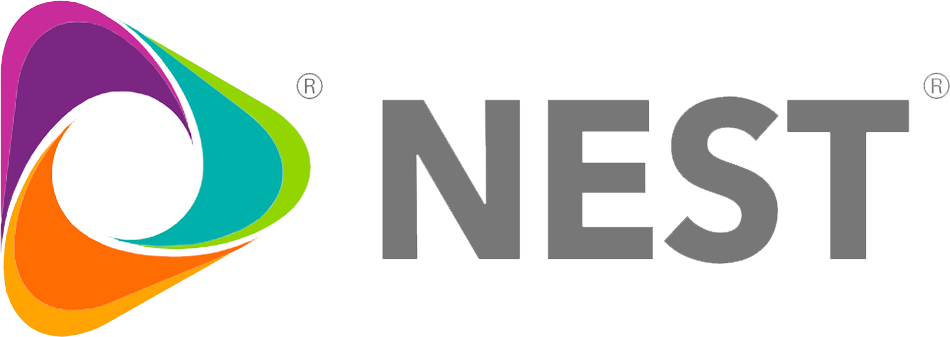Facilities management (FM) services encompass a wide array of support functions that involve the upkeep of physical spaces, infrastructure, and personnel. From maintaining properties, buildings, and equipment to enhancing customer and employee experiences, managing emergencies, and ensuring even the soap dispensers stay stocked – the complexity of facilities management responsibilities often comes with hidden costs.
Across industries, facilities management spending consistently ranks among the top expenses on a company's income statement. It's a frequent target for cost-cutting initiatives when identified by senior management.
To enhance operational efficiencies and uncover potential savings, it is crucial to understand where your FM budget is allocated. However, achieving full transparency into your facilities management finances can be challenging. It requires an integrated facilities management (IFM) solution that offers the necessary visibility to leverage new efficiencies, deliver cost savings, and enhance long-term strategic planning.
Here, we provide an overview of some of the major cost components within facilities management services:
- Repair & Maintenance Costs
- Traditional maintenance costs often involve hourly rates, trip charges, overtime fees, and emergency callout charges.
- Integrated Facilities Management (IFM) solutions, like NEST's, shift away from hourly rates, simplifying budgeting and reducing real-time cost escalation.
- Preventative maintenance (PM) is a key strategy, with computerized maintenance management systems (CMMS) using trend analysis to identify root causes and schedule maintenance, resulting in significant cost savings.
- Unplanned Downtime Costs
- HVAC failures can lead to lost revenue due to uncomfortable or closed facilities.
- Lag in diagnosing failures with an independent service provider (ISP) can prolong downtime and revenue loss.
- An IFM solution includes a vetted ISP database, integrated asset management, maintaining quality services, and predictive maintenance to minimize downtime and costs.
- Service Provider Charges
- Some work order management software platforms charge ISPs for access, which may get passed on to you.
- Comprehensive IFM solutions offer ISP access without additional fees.
- Work Order Management & Coordination
- Efficiently managing active, scheduled, completed, and deferred work orders is essential for cost control.
- A CMMS provides end-to-end workflow automation, enhancing transparency and driving cost savings.
- Equipment Parts & Consumables
- Costs for equipment parts and consumables can add up, requiring real-time inventory tracking.
- An IFM solution includes dynamic inventory tracking, aligning with preventative maintenance schedules.
- Invoice Processing Time
- Manual invoice processing involves multiple steps and hours of work.
- Automated solutions increase visibility and efficiency.
- Tech Fees
- Some CMMS systems charge ongoing tech fees.
- An end-to-end IFM platform offers all services without tech subscription fees.
Integrated Facilities Management (IFM) enhances the visibility of FM finances by considering these interdependent costs comprehensively. It allows you to identify inefficiencies and optimize operations across your facilities, assets, and workforce. With improved transparency, streamlined operations, and simplified budgeting, IFM can potentially reduce costs by up to 15%, greatly impacting your long-term financial and strategic planning for facilities management services.
Contact NEST today to explore how the right IFM solution can provide cost transparency, uncover program savings for facilities management services, and accelerate progress toward your business objectives.







